Top Things to Know When Searching For an Ergonomic Office Chair for Your Home Office
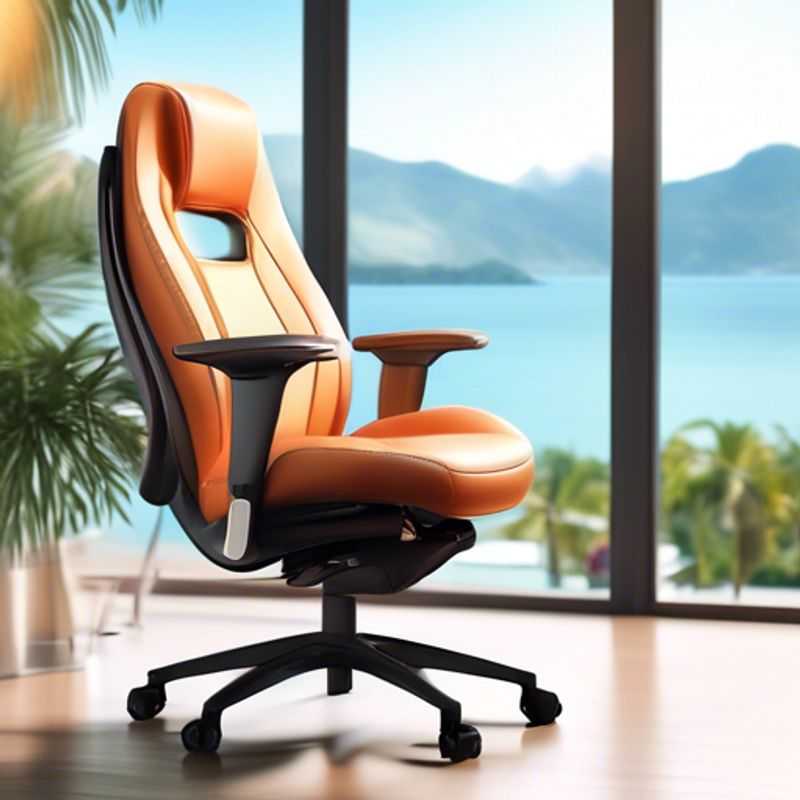
Unlocking Ergonomic Comfort: Key Factors to Consider When Searching For Your Home Office Chair
Ah, the home office. A haven of productivity, a sanctuary of creativity, but also a potential breeding ground for back pain. Enter the ergonomic office chair, your trusty companion in the quest for comfort and productivity. But with a myriad of options on the market, how do you navigate this ergonomic jungle? Fear not, for I, your friendly neighborhood engineering expert, am here to guide you through the essential considerations before taking the plunge.

Unlocking Ergonomic Bliss: Why Adjustability is Key for Optimal Support
Ergonomics is all about designing products and environments to fit the people who use them, promoting comfort and efficiency. Adjustability is a key aspect of ergonomic design, especially when it comes to furniture like chairs and desks.
Think about it this way: Everyone is built differently. We have varying heights, arm lengths, and postures. A one-size-fits-all approach just won't cut it. Adjustable furniture allows you to customize your workspace to your unique body, ensuring proper support and reducing the risk of discomfort or injury.
For example, an adjustable chair lets you modify seat height, backrest angle, and armrest positioning. This allows you to maintain a neutral posture, distributing weight evenly and reducing strain on your back, neck, and wrists.
Adjustable desks are another important element. Standing desks, in particular, promote movement and help combat the negative effects of prolonged sitting. By adjusting the desk height to suit your stance, you can alternate between sitting and standing throughout your workday. This helps improve circulation, burn calories, and reduces the risk of developing chronic health problems.
Investing in adjustable furniture can seem expensive upfront, but the long-term benefits for your health and productivity are well worth the investment. It’s a small price to pay for a more comfortable and efficient work environment. Remember, the key to ergonomic success is finding the right fit for your individual needs. Experiment with the adjustability options available to you and create a workspace that truly supports your body and your well-being.

Unveiling the Secrets of Comfort: A Deep Dive into Chair Materials and Their Impact
When choosing a chair, material selection is crucial for comfort and durability. Different materials offer distinct advantages and disadvantages, influencing how the chair feels, its lifespan, and how well it withstands wear and tear.
Fabric is popular due to its variety of textures and aesthetics. It can be breathable, but also prone to stains and wear. Leather is known for its luxurious feel and durability, but it's sensitive to moisture and can become uncomfortable in extreme temperatures. Vinyl is an affordable alternative to leather, offering water resistance and easy cleaning. However, it's less breathable and can feel stiff. Mesh is breathable and supportive, making it a good choice for office chairs. Its durability depends on the quality of the mesh material.
The chair's frame material also impacts its stability and weight. Metal frames are robust and long-lasting but can be heavy. Wood frames offer a classic look, but may require more maintenance. Plastic frames are lightweight and affordable, but may not be as durable as metal or wood.
Padding plays a significant role in comfort. High-density foam provides excellent support and shape retention, while low-density foam is softer but might lose its shape over time. Feather and down offer a luxurious feel but may not be suitable for all types of chairs.
Consider your needs and budget when evaluating chair materials. For high-end chairs, leather or mesh with a metal frame may be best. For everyday use, a fabric-covered chair with a sturdy wood or plastic frame is a good option.
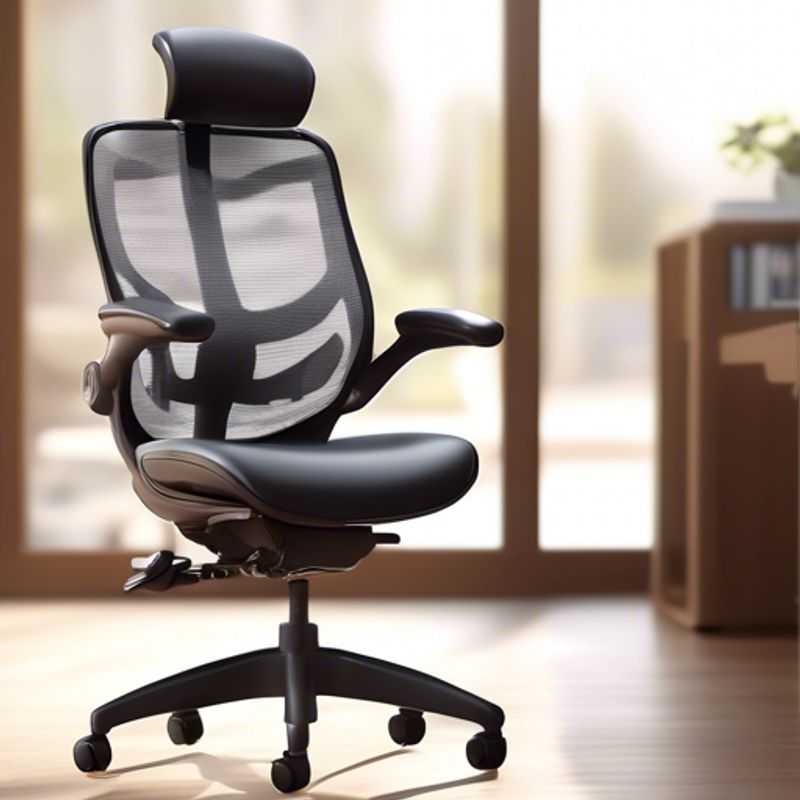
Don't Get Left Hanging: Understanding Chair Weight Capacity
Choosing the right chair is crucial for comfort and safety, especially when considering its weight capacity. It's essential to ensure the chair can safely support your weight and any additional load you might place on it. Chairs are designed with specific weight limits, and exceeding those limits can lead to damage, instability, and even accidents.
To determine a chair's weight capacity, look for labels or markings that clearly indicate the maximum weight it can handle. For safety and longevity, always choose a chair with a weight capacity that comfortably exceeds your weight and any anticipated load. For example, if you weigh 200 pounds and plan to occasionally use the chair to lift items, consider a chair with a capacity of at least 250 pounds. Remember, even if a chair appears sturdy, relying solely on visual inspection isn't enough. Always check the weight capacity label for accurate information.
When selecting a chair, consider your individual needs and preferences. If you're expecting to use the chair for extended periods, consider choosing a chair with a higher weight capacity to accommodate any potential adjustments or additional weight. Always prioritize safety by ensuring the chair's weight capacity aligns with your needs, ensuring a comfortable and secure seating experience.
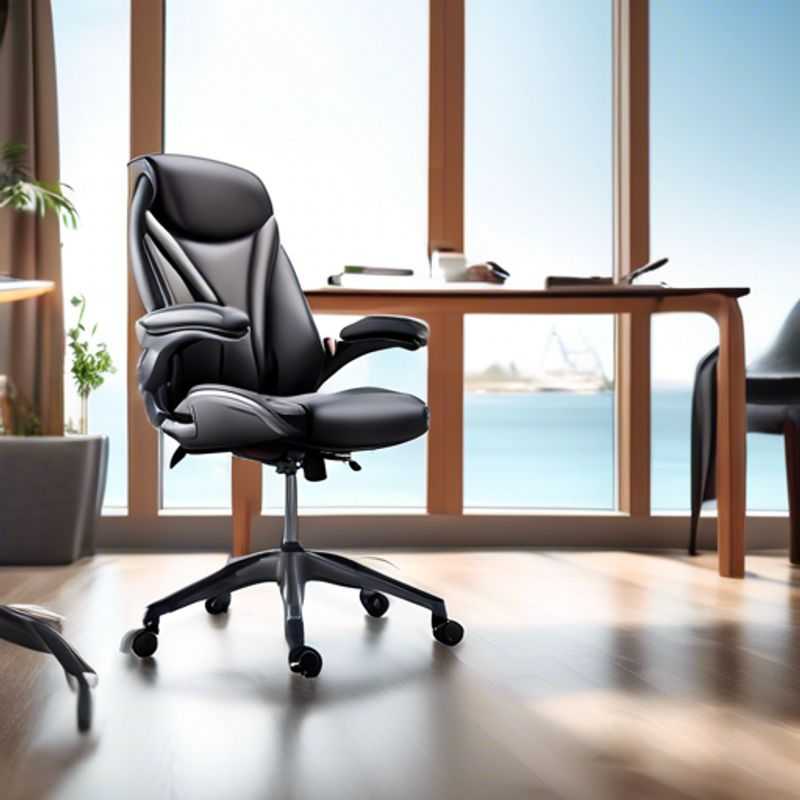
Lumbar Support for Lower Back Pain: Choosing the Right Chair
Sitting for long periods can strain your lower back, leading to discomfort and pain. Look for chairs with lumbar support to alleviate this. Lumbar support is a feature that provides extra padding and contouring in the lower back region of the chair, offering crucial support to your spine. This support helps maintain the natural curvature of your spine, reducing strain on your back muscles.
When shopping for a chair, consider chairs with adjustable lumbar support. This allows you to customize the level of support to perfectly fit your back. Look for chairs with adjustable height, backrest tilt, and armrests to further enhance your comfort and posture.
Investing in a good chair with lumbar support might seem like an expense, but consider it an investment in your health and well-being. A comfortable and supportive chair can make a big difference in reducing lower back pain and improving your overall posture during long sitting hours.
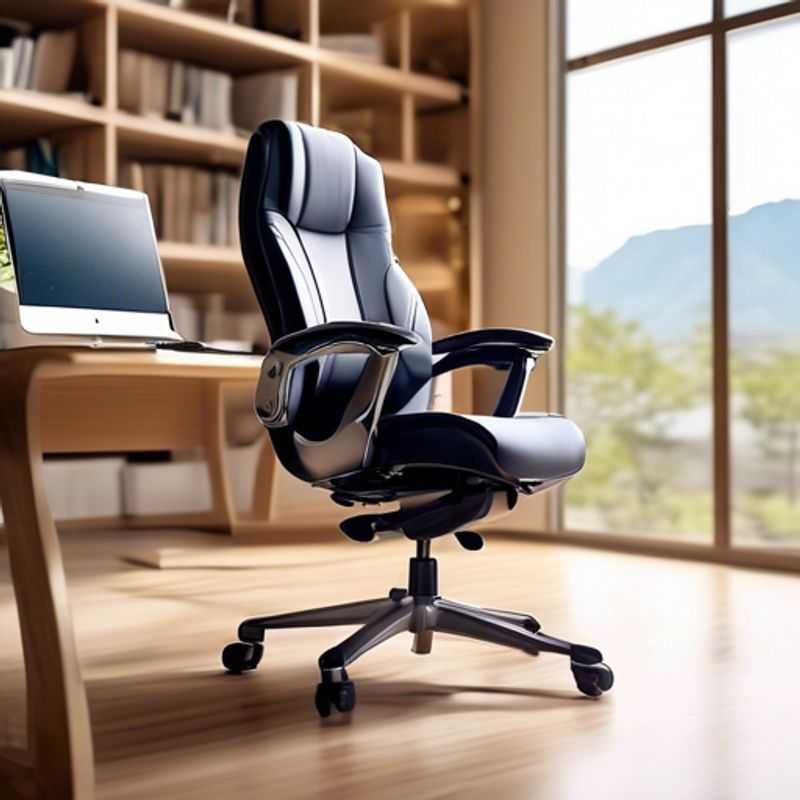
Breathable Bliss: Why Mesh and Fabrics Rule for Air Circulation
When selecting materials for clothing, furniture, or other applications, prioritizing breathable mesh or fabric is essential for enhancing air circulation. Breathable materials allow for better airflow, helping to regulate temperature and moisture, which can significantly improve comfort levels. This is particularly important in environments where heat and humidity are prevalent.
Breathable mesh fabrics are typically made from lightweight synthetic fibers or natural materials that incorporate ventilation features. These materials are designed to wick away moisture and prevent the buildup of sweat, making them ideal for athletic wear, outdoor gear, and even home textiles like curtains and upholstery.
When estimating a plan for incorporating breathable mesh or fabric, consider the following important factors: material cost, durability, maintenance requirements, and the specific application. For example, high-performance breathable fabrics may cost more upfront but can offer longer-lasting benefits, especially in high-use scenarios.
Additionally, it's crucial to evaluate environmental impact and sustainability practices when selecting materials. Look for fabrics that are made from recycled materials or produced using eco-friendly processes to minimize your environmental footprint.
In summary, choosing breathable mesh or fabric is a smart decision for anyone seeking improved air circulation. By focusing on material quality and application, you can ensure enhanced comfort and functionality in your projects or clothing choices.
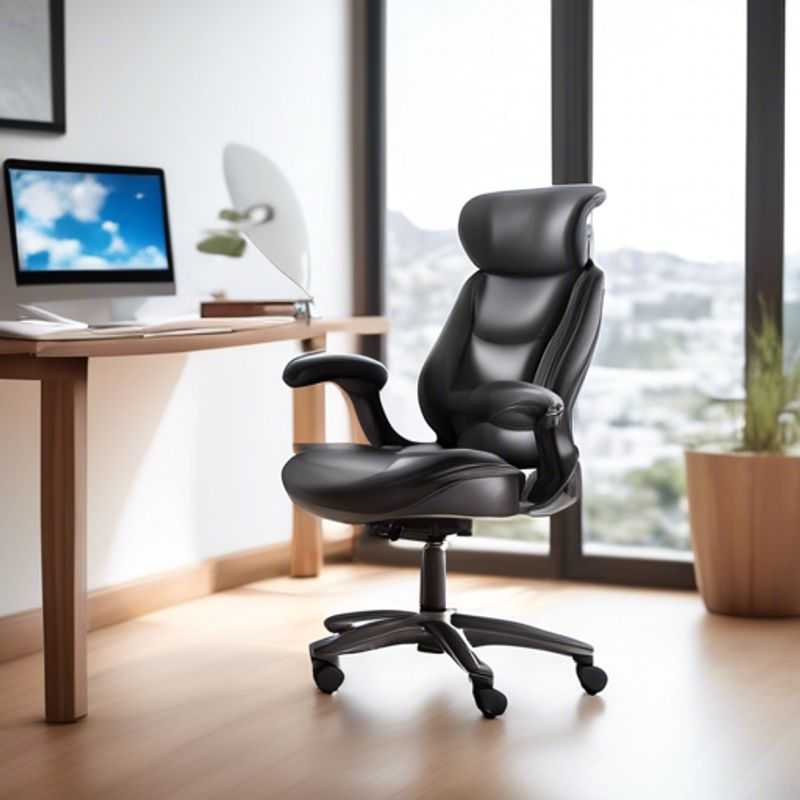
Swivelling and Rolling Smoothly: Evaluating Chair Mobility
A chair's swivel and caster functionality is paramount for seamless mobility, contributing to user comfort and productivity. This comprehensive guide delves into evaluating these features for optimal user experience.
Swivel: This feature allows the chair to rotate, enabling users to effortlessly turn and face different directions without needing to reposition the entire chair. Assessing swivel functionality involves inspecting the smoothness of rotation and the stability of the swivel base.
Casters: Casters are the wheels that allow the chair to move freely across the floor. When evaluating casters, consider their size, material, and the type of floor surface they will be used on. Larger casters are generally better for carpets, while smaller casters are more suitable for hard floors.
Smoothness of Movement: Test the swivel and caster functionality by moving the chair around. Look for any resistance or sticking, which may indicate wear and tear or improper lubrication.
Stability: Ensure the swivel base is stable and doesn't wobble or tilt. Also, test the chair's overall stability when leaning back or moving across the floor.
Load Capacity: Consider the weight capacity of the chair and the casters. Ensure the chair can handle the weight of the user while maintaining its smooth and stable operation.
Remember that evaluating these features is essential for ensuring comfortable and efficient work environments. By considering these factors, you can select chairs that provide the best user experience and support for prolonged sitting.
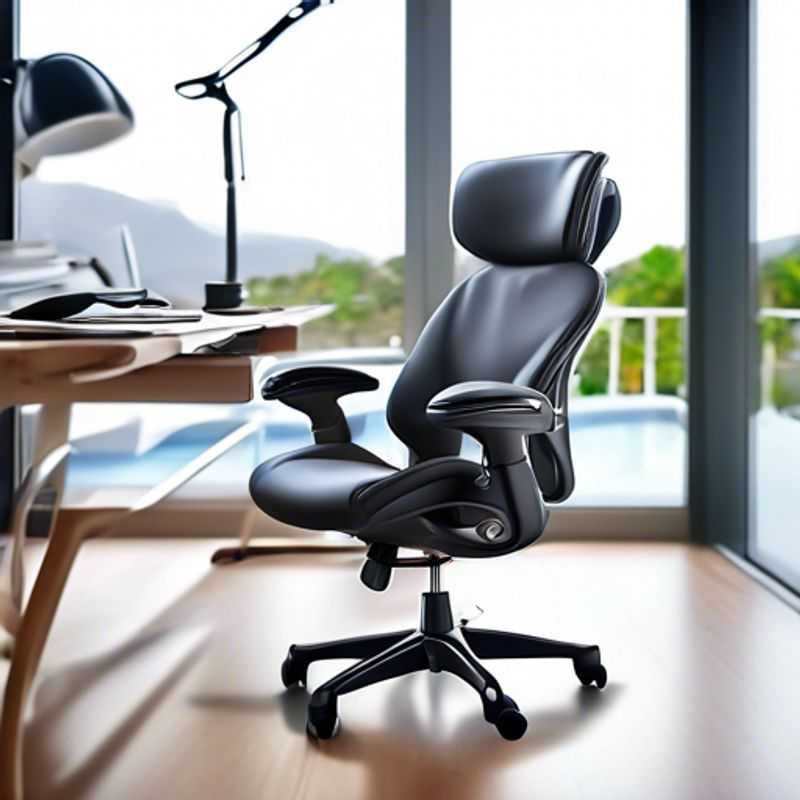
Measure Your Workspace: Finding the Perfect Fit for Your Chair
A comfortable office chair is crucial for productivity and good posture. Before purchasing a chair, measure your workspace to ensure it fits comfortably.
First, measure the width of your desk. The chair should fit comfortably under the desk, leaving enough space for your legs to move freely. Consider adding extra space to account for any drawers or other obstacles.
Next, measure the depth of your desk. The chair should sit comfortably back from the edge of the desk, allowing you to lean back without hitting the wall behind you. Again, factor in any space required by drawers or other obstacles.
Finally, measure the height of your desk. The chair should be adjusted so your elbows are at a 90-degree angle when using your keyboard and mouse. This height may vary depending on your individual preferences and desk size.
Consider these measurements before purchasing your new chair. This will help you choose the right chair for your workspace and ensure a comfortable and productive work environment.

